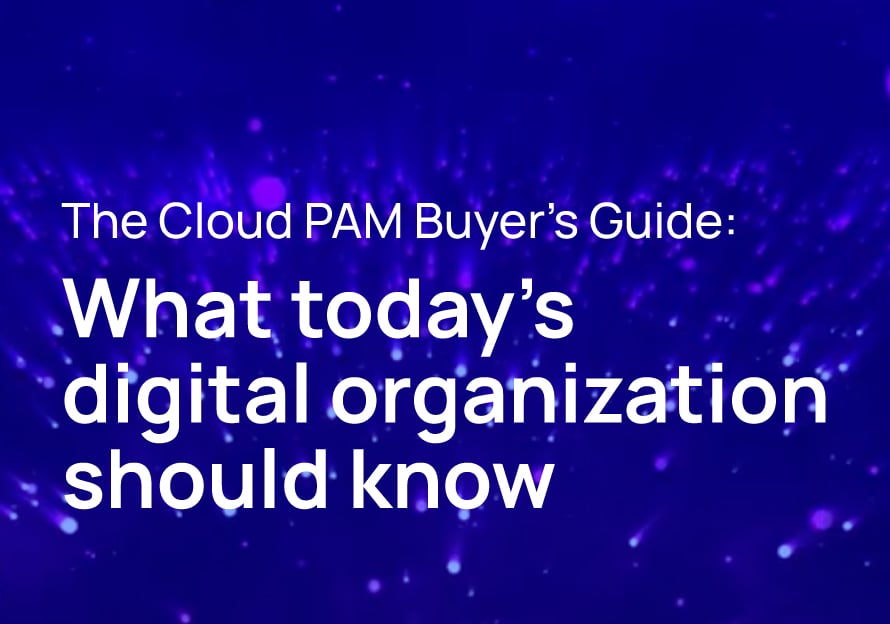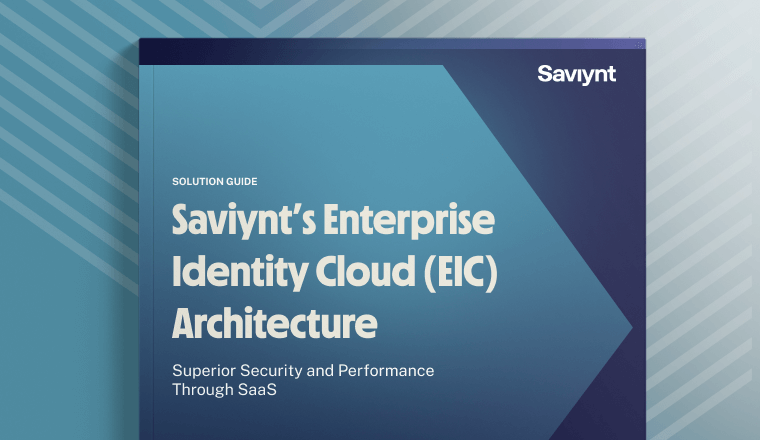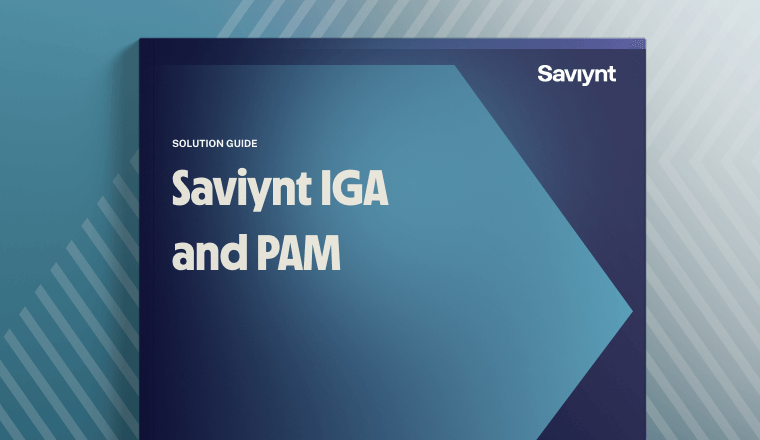Glossary Listing



What is Lift and Shift Cloud Migration?
What is Lift and Shift Cloud Migration?
Lift and Shift is a migration strategy that involves “lifting” your existing IT infrastructure, business processes, and data and “shifting” them to a cloud-based platform or private cloud with minimal changes to application architecture, workflows, or authentication mechanisms. Sometimes called “rehosting,” lifting and shifting is commonly used to migrate legacy on-premises identity solutions —such as Identity Governance & Administration (IGA) or Privileged Access Management (PAM) — to cloud-based platforms.Resources


